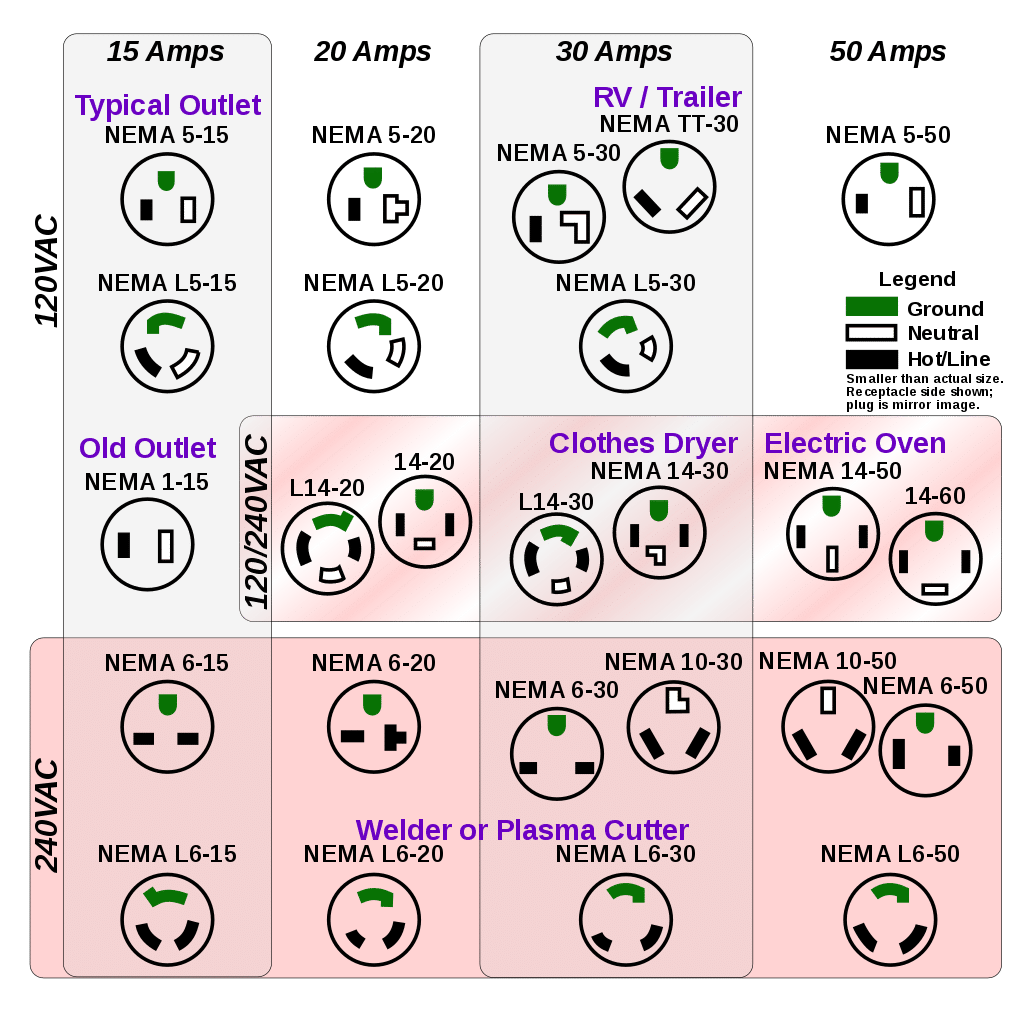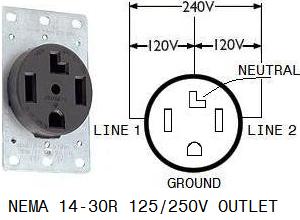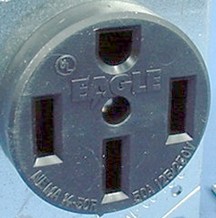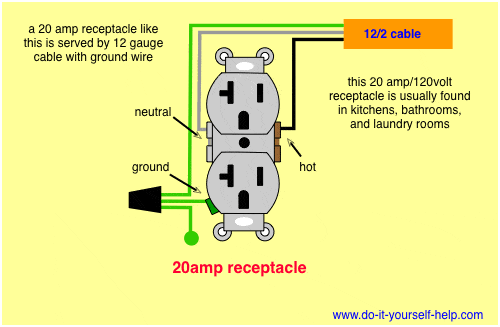Amazon link to great products that every diyer and handyman should know about. With this wiring both the black and white wires are used to carry 120 volts each and the white wire is wrapped with electrical tape to label it hot.

Ed34c 50 Amp To 30 Adapter Wiring Diagram Wiring Library
30 amp 220 volt plug wiring diagram. It requires 220 volts but the plug only has three prongs. This designation was made specifically for trailers. A 220 volt 50 amp plug is for rvs and really large power hungry appliances such as ranges and furnaces. The hot wires connect to a double pole breaker. The outlet should be wired to a dedicated 20 amp240 volt circuit breaker in the service panel using 122 awg cable. Use a common 10 guage wire.
Please remember not all 220 volt outlets use a neutral white wire. The 30 amp service for an rv is 120 volt with a 3 prong receptacle and a single 30 amp dedicated breaker. Wiring a 20 amp 240 volt appliance receptacle. For a 120 volt 30 amp extension cord of 25 feet use 10 gauge wire. To give you a general idea lets say you just bought an air compressor from home depot. For 100 feet use 6 gauge wire.
Wiring a 240 volt plug 30 amp plug for my woodmaster planer. A 220 volt circuit which you could just as easily call a 250 240 or 230 volt circuit has two hot wires. For the most part you are going to see 120 volts 15 amp and 20 amp. And 220 2 wire 3 wire and four wire types. If you want to find the other picture or article about 4 wire. The 30 amp is a standard ansi c7313 tt 30p plug tt 30r receptacle.
Switch and receptacle. For 50 feet use 8 gauge wire. Plugs and receptacles are available at lowes home depot camping world and electric supply houses. This outlet is commonly used for a heavy load such as a large air conditioner. To install a 20 amp 220 volt outlet you need 12 awg cable with two hot wires and a ground. A 240 volt plug is the same as a 220 volt plug and its for a larger appliance that needs more power than most household devices.
Increase the wire size for runs in excess of 100 feet or for applications where heat cannot be easily dissipated such as for cords housed in a conduit. No neutral wire is required.


















